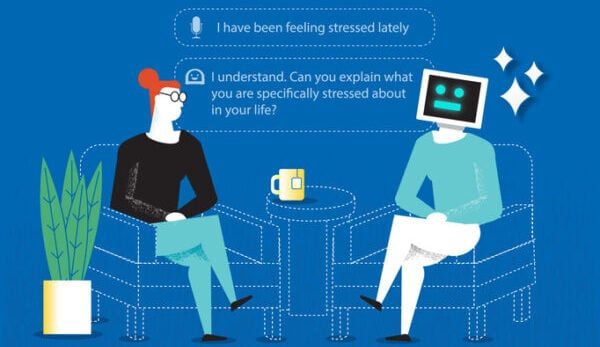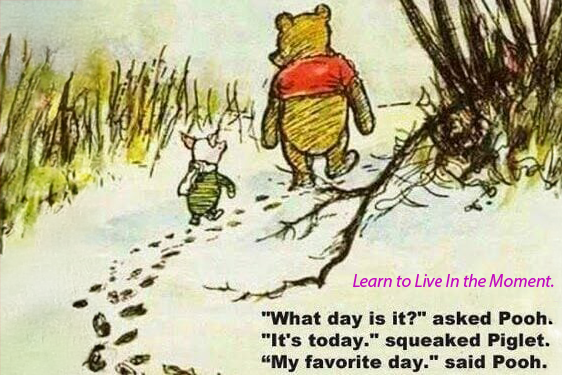Cowritten by Kelsey Schultz and Tchiki Davis.
Mind mapping is a technique through which you develop and visually organize thoughts, ideas, and information. This technique involves identifying a central topic (often represented as an image) and creating branches indicating the relevant categories that are related to the central topic extending radially from the central idea (Budd, 2004).
A mind map essentially provides a scaffold that helps structure complex concepts and allows for a better understanding of the relationship between concepts (Zhao et al., 2022). In other words, a mind map allows you to take advantage of the vast neural real estate dedicated to visual processing and leverage it for breaking down complex topics into digestible or actionable bits.
The process of creating mind maps can have numerous benefits. For example, a mind map allows you to get into the details of a concept without losing track of the big picture. Mind maps can also help show the non-linear relations between different categories within a given concept. Additionally, mind maps can be an optimal method for collaborative brainstorming.
Psychological research has also shown that mind mapping is an excellent tool for enhancing learning and understanding. For example, in a sample of 120 8th-grade students, researchers found that students who were taught using a mind-mapping technique performed better on a subsequent test than students who were taught using traditional methods (Parikh, 2016).
Other studies have found similar results. For example, a study involving college freshmen taking a writing class showed that students who were taught to use mind maps to organize their ideas made greater improvements in their writing ability than students taught to organize their ideas using traditional methods (Al-Jarf, 2009).
How to Do Mind Mapping
- Define your central topic. First, consider what the focus of your mind map should be and write it out in the center of the page. For example, if you are mind mapping out a to-do list, you would simply write “to-do list.”
- Identify your first-level concepts or topics. Next, consider the broader categories related to your central topic. These categories will become the first nodes branching off from the central point of your mind map. Sticking with the to-do list example, your first-level categories might include home, work, errands, and personal health.
- Expand your branches. Each of the first-level categories you defined will branch off into different sub-categories, or second-level categories. For example, branches from the first-level category “home” might include cleaning and preparing for visitors. Each of these second-level categories might also have branches. For example, the category “cleaning” might include vacuuming, laundry, and dishes, and the category “preparing for visitors” might include changing the sheets and making snacks. Each branch can expand as many times as necessary.
- Add images or annotations. Many people find it helpful to include images that represent different categories or different levels of priority. Using annotations or different colored pens when creating your mind map can also be a helpful way to indicate urgency or to set your different categories apart.
Pen and Paper
Pen and paper are easily accessible and provide ample flexibility in how your maps are structured. You can keep them simple with just a single pen and notebook paper, or you can get creative with different colored pencils, pens, stickers, and drawings. It might be helpful to get erasable pens if possible, in case you decide to reorganize some aspects of your map. Computer software can also be a great tool for mind mapping because it allows you to organize a vast amount of information in one convenient place.
Adapted from a post on mind mapping published by The Berkeley Well-Being Institute.
References
Al-Jarf, R. (2009). Enhancing freshman students’ writing skills with a mind-mapping software. Available at SSRN 3901075.
Budd, J. W. (2004). Mind maps as classroom exercises. The journal of economic education, 35(1), 35-46.
Parikh, N. D. (2016). Effectiveness of teaching through mind mapping technique. The International Journal of Indian Psychology, 3(3), 148-156.
—
This post was previously published on Psychology Today.
***
From The Good Men Project on Medium
 What Does Being in Love and Loving Someone Really Mean?
What Does Being in Love and Loving Someone Really Mean?  My 9-Year-Old Accidentally Explained Why His Mom Divorced Me
My 9-Year-Old Accidentally Explained Why His Mom Divorced Me  The One Thing Men Want More Than Sex
The One Thing Men Want More Than Sex  The Internal Struggle Men Battle in Silence
The Internal Struggle Men Battle in Silence Join The Good Men Project as a Premium Member today.
All Premium Members get to view The Good Men Project with NO ADS.
A $50 annual membership gives you an all access pass. You can be a part of every call, group, class and community.
A $25 annual membership gives you access to one class, one Social Interest group and our online communities.
A $12 annual membership gives you access to our Friday calls with the publisher, our online community.
Register New Account
Log in if you wish to renew an existing subscription.
Username
First Name
Last Name
Password
Password Again
Choose your subscription level
- Yearly - $50.00 - 1 Year
- Monthly - $6.99 - 1 Month
Credit / Debit Card PayPal Choose Your Payment Method
Auto Renew
Subscribe to The Good Men Project Daily Newsletter By completing this registration form, you are also agreeing to our Terms of Service which can be found here.Need more info? A complete list of benefits is here.
—
Photo credit: iStock.com
The post How to Use Mind Mapping appeared first on The Good Men Project.
Original Article










